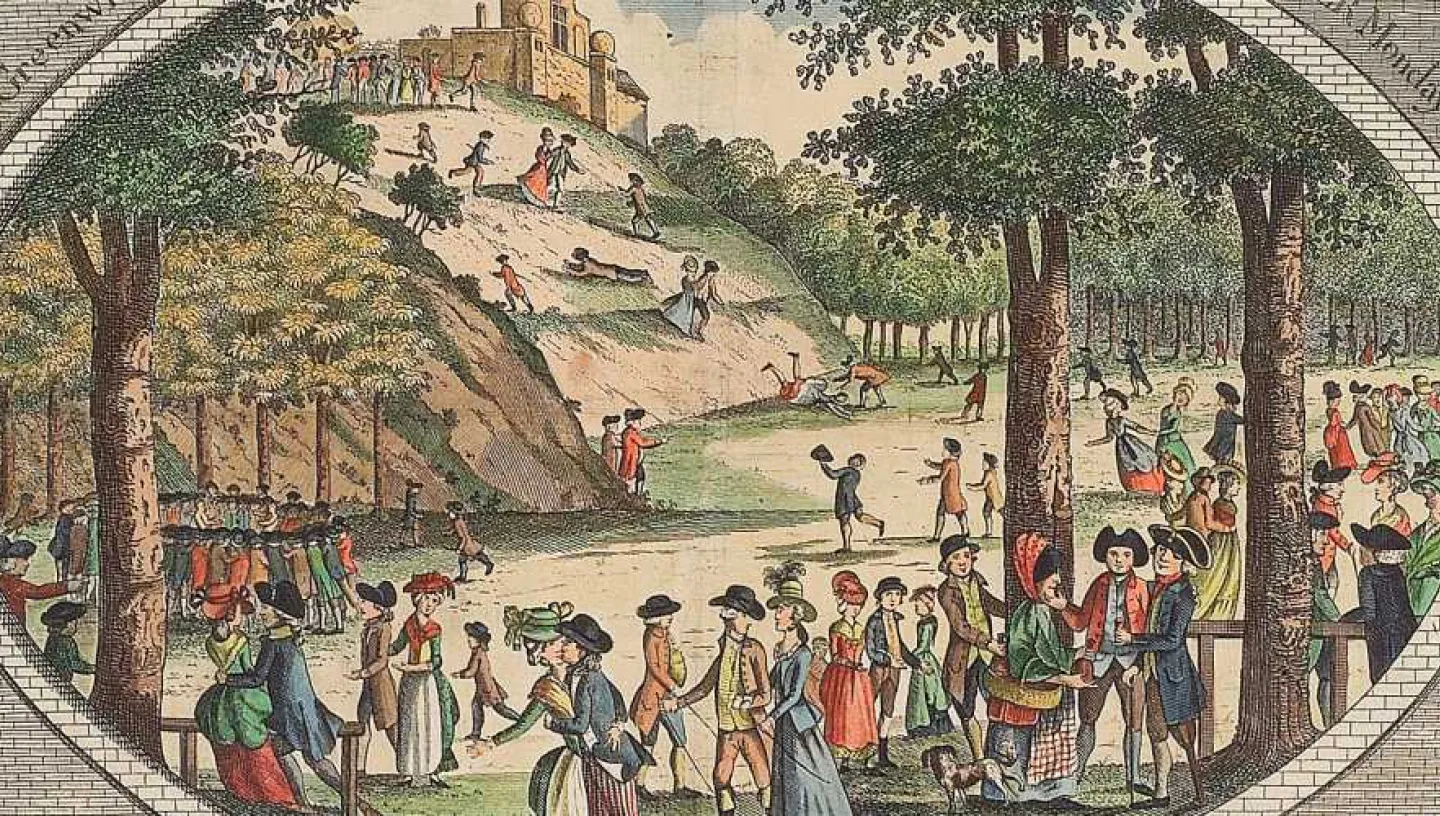
When is Easter?
Easter falls on a Sunday between 22 March and 25 April, but working out which Sunday exactly requires an astronomical calculation.
In 2026 Easter Sunday falls on 5 April
The simple standard definition of Easter is that it is the first Sunday after the full Moon that occurs on or after the spring equinox. If the full Moon falls on a Sunday then Easter is the next Sunday.
Standardisation
Up to the 8th century AD, there was no uniform method for determining the date of Easter, but the method favoured by the Council of Nicaea in AD 325 gradually became the accepted method. The adoption of the Gregorian calendar requires some modifications to this scheme but it is still basically the same.
Unfortunately this simple definition is not strictly speaking correct. The spring or vernal equinox used is not the true equinox but an artificial one always assumed to be on 21 March. The full Moon used is not the true full Moon but an artificial construct based on the Metonic cycle (below).
The reasons for this are that the method is then independent of longitude on the Earth and is thus independent of time zone. It also allows the date of Easter to be calculated in advance regardless of the actual motion of the Earth around the Sun.
Which Easter?
The method quoted here is valid for the determination of the date of Easter in Western Christian churches; the date used by the Eastern churches can be one, four or five weeks later.
Western Christian Easter Dates
| 2025 | 20 April |
| 2026 | 5 April |
| 2027 | 28 March |
| 2028 | 16 April |
| 2029 | 1 April |
The Metonic cycle
The Metonic cycle of 19 years is one in which the phases of the Moon repeat exactly. It is thus possible to have a 19-year cycle for the dates of full or new Moon. In the Julian calendar this 19-year cycle can be fairly easily translated into a date for Easter.
In today’s Gregorian calendar the calculation is complicated by the definition of which century years are leap years. These leap years mess up the simple Metonic cycle by altering the number of days in different periods of 19 years.
Algorithm to find the date of Easter
An algorithm to find the date of Easter which is valid from 1900 to 2099 has been derived by Carter as follows:
Calculate D="'225'" - 11(Y MOD 19).
If D is greater than 50 then subtract multiples of 30 until the resulting new value of D is
less than 51.
If D is greater than 48 subtract 1 from it.
Calculate E="'(Y" +' [Y/4] + D + 1) MOD 7. (NB Integer part of [Y/4])
Calculate Q="'D +'" 7 - E.
If Q is less than 32 then Easter is in March. If Q is greater than 31 then Q - 31 is its date in April.
For example, for 1998:
D = 225 - 11*(1998 MOD 19) = 225 - 11*3 = 192
D is greater than 50, therefore:
D = (192 - 5*30) = 42
E = (1998 + [1998/4] + 42 + 1) MOD 7="'2540'" MOD 7="'6'"
Q = 42 + 7 - 6="'43'"
Easter 1998="'43" -' 31="'12" April'
That’s nice and simple then!


